Cats have long held a special place in human societies, not just for their companionship but also for their keen ability to control rodent populations. This evolutionary journey from wild predators to skilled domestic hunters has been fascinating. Through centuries of adaptation, cats have honed their hunting abilities to become efficient and graceful mousers. This article explores the evolution, characteristics, and behaviors that contribute to cats’ prowess as master mousers.
Evolutionary Background
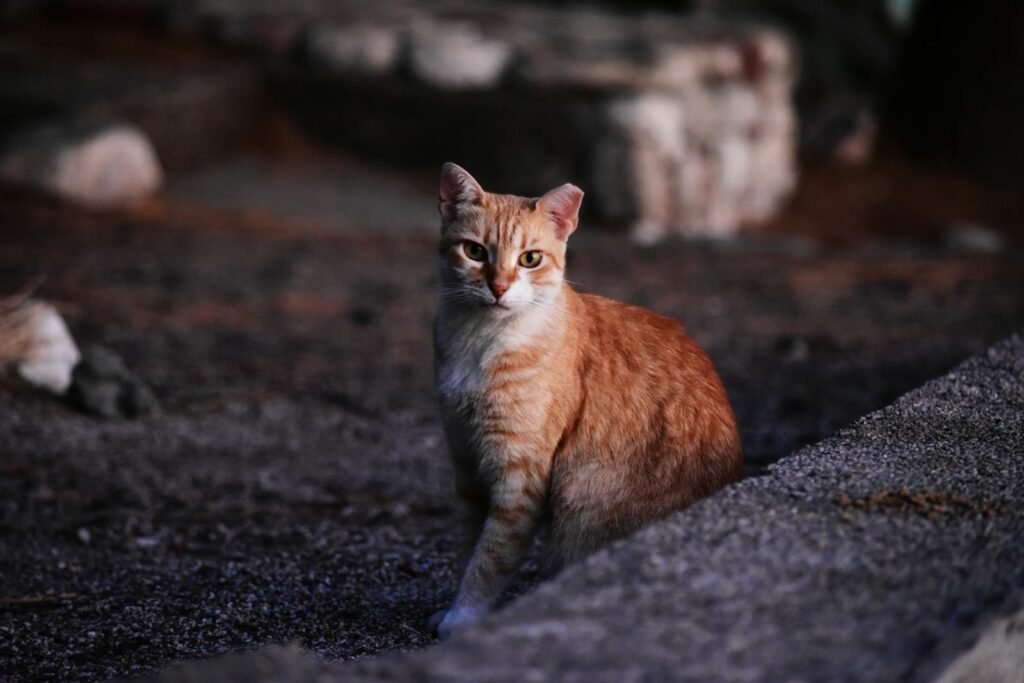
The relationship between cats and humans dates back nearly 9,000 years, beginning in the Middle East’s ‘Fertile Crescent.’ As humans started to settle and practice agriculture, they inadvertently attracted rodents with their grain supplies. The African wildcat (Felis silvestris lybica) took advantage of this opportunity, leading to a symbiotic relationship that benefitted both species. Slowly, these wildcats adapted to living alongside humans, and those with more agreeable temperaments were more likely to thrive and reproduce, laying the foundation for the domestic cats we know today.
Physical Adaptations
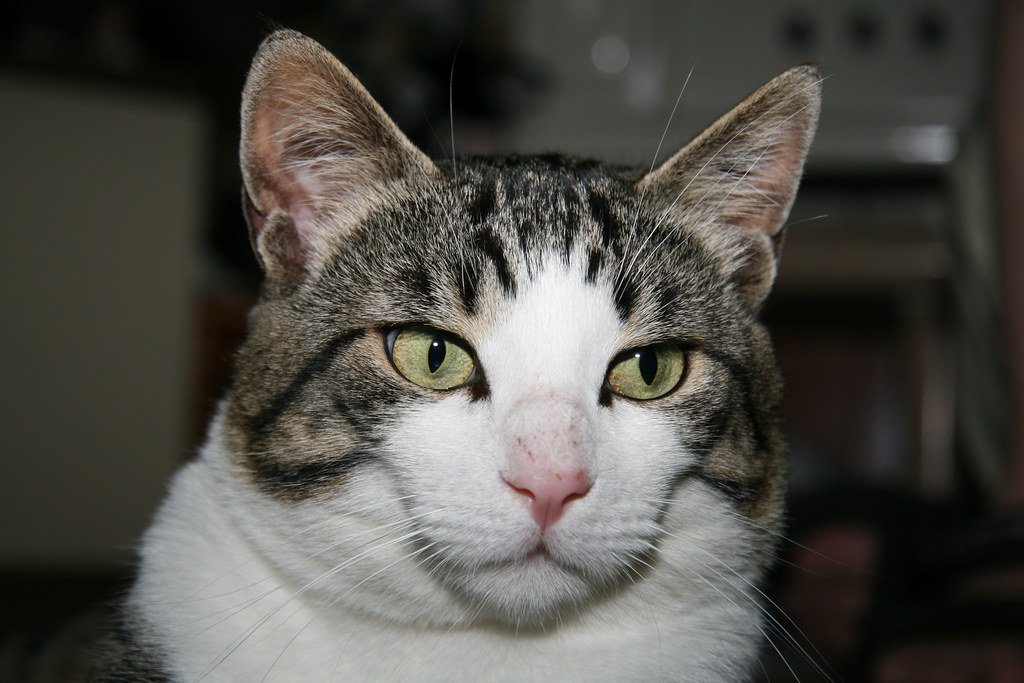
Cats possess a plethora of physical traits that make them excellent hunters. Their retractable claws allow for silent stalking and precision striking, while their flexible bodies enable them to pounce with remarkable agility. Furthermore, their acute sense of hearing and night vision amplify their ability to detect and hunt rodents, even in low-light conditions, making them lethal nocturnal hunters.
Keen Senses
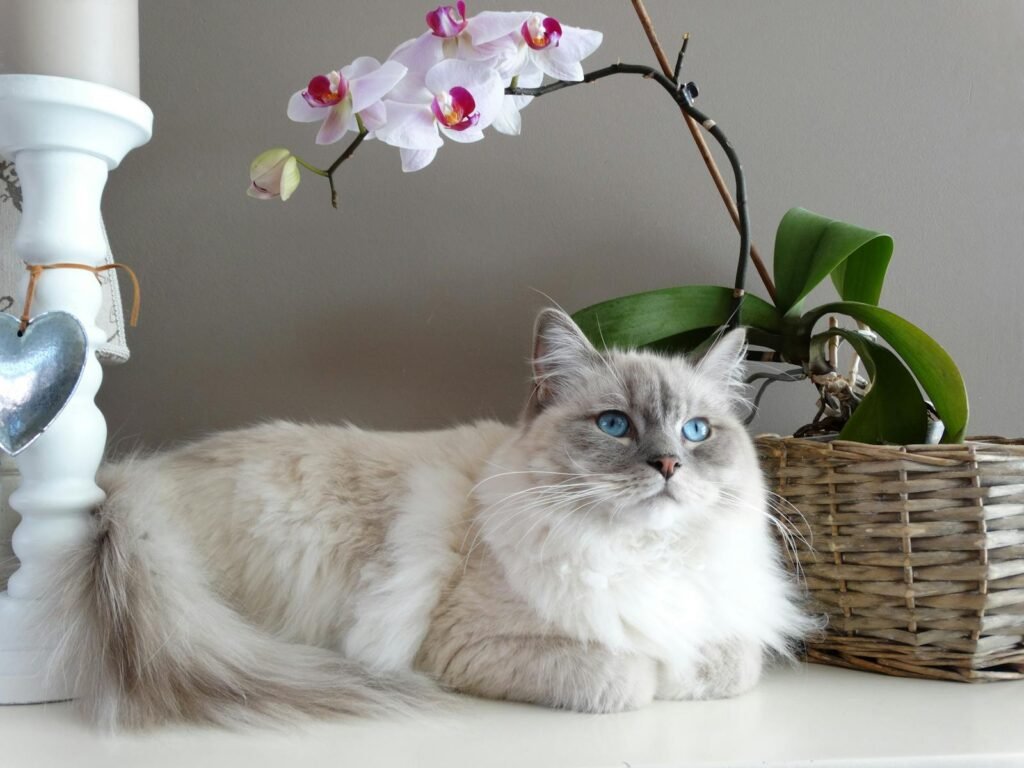
Beyond their physical attributes, cats are equipped with exceptionally sharp senses. Their ears can pivot to locate the direction of tiny noises, such as the scurrying of a mouse. Their eyes are adapted to detect movement in the dark, a feature critical for nocturnal hunting. Additionally, their whiskers serve as tactile sensors, helping them navigate and measure distances in tight spaces where rodents often hide.
Innate Hunting Instincts
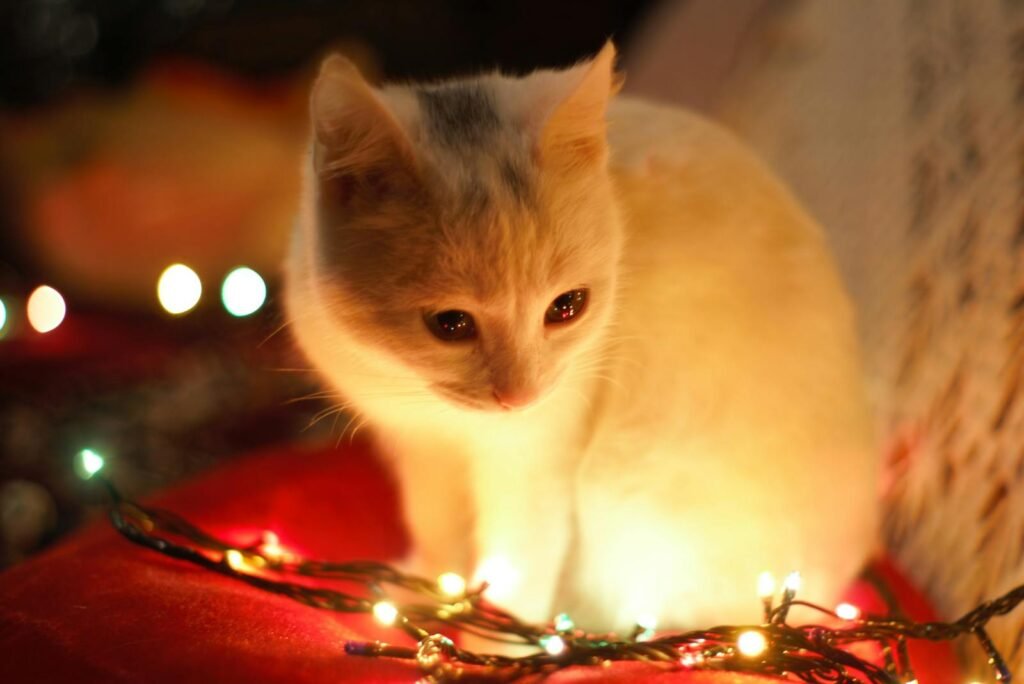
Unlike many domesticated animals, cats retain much of their natural hunting instinct. Even well-fed house cats exhibit behaviors indicative of their predatory nature, such as stalking, pouncing, and capturing ‘prey’ during play. These instincts are particularly pronounced in kittenhood, where play mimics hunting practices and serves as crucial training.
Learning and Adaptation
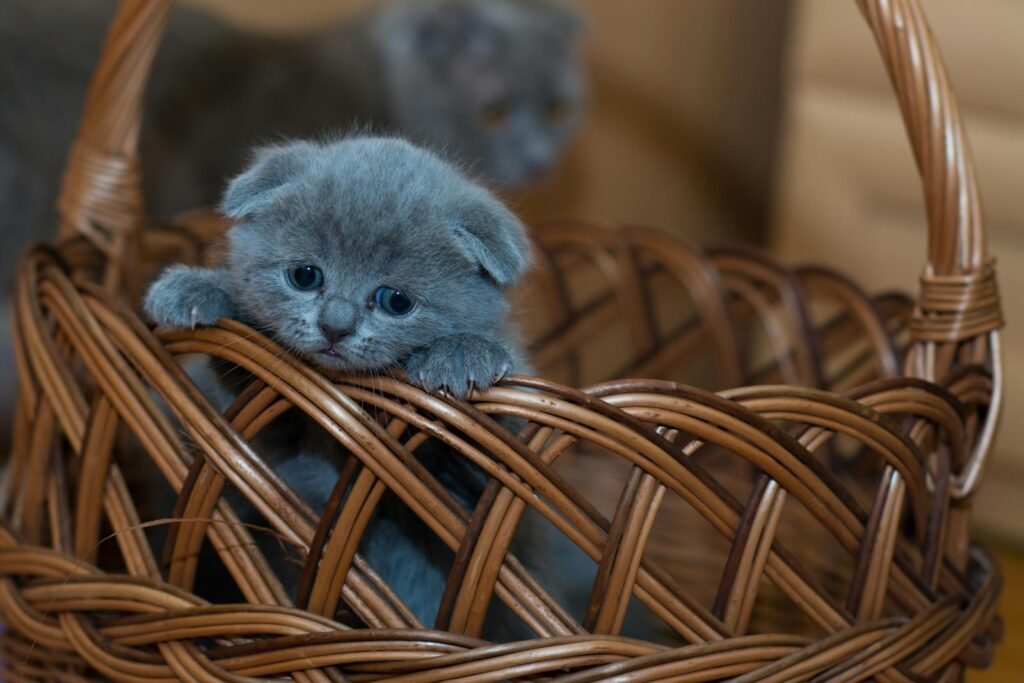
While hunting is instinctual, successful feline hunters are often taught by their mothers, who demonstrate proper techniques. Mother cats initially bring dead prey to their kittens to familiarize them with hunting tools. Over time, they introduce injured prey to teach stalking and pouncing skills, honing the young ones’ ability to handle live prey efficiently.
Role of Play in Hunting Skills
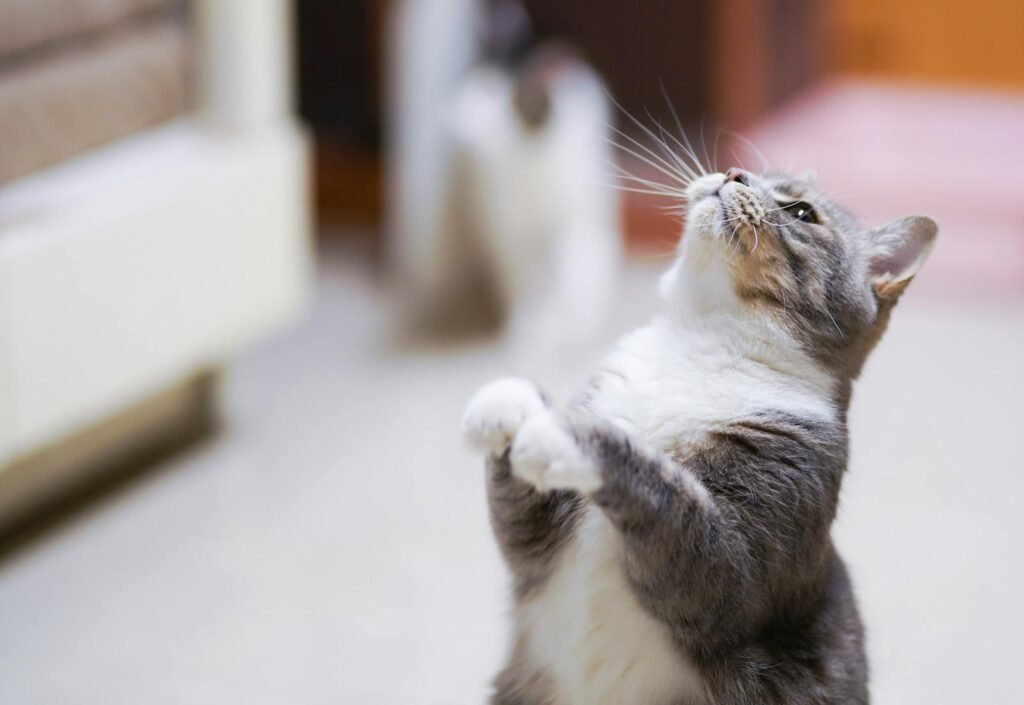
Play is not just recreational for cats; it’s essential for developing their hunting proficiency. Activities like chasing toys or catching moving objects help kittens refine the coordination and agility needed for successful hunting. This behavior continues into adulthood, serving both as practice and as a means to expend energy.
Cats in Human Culture
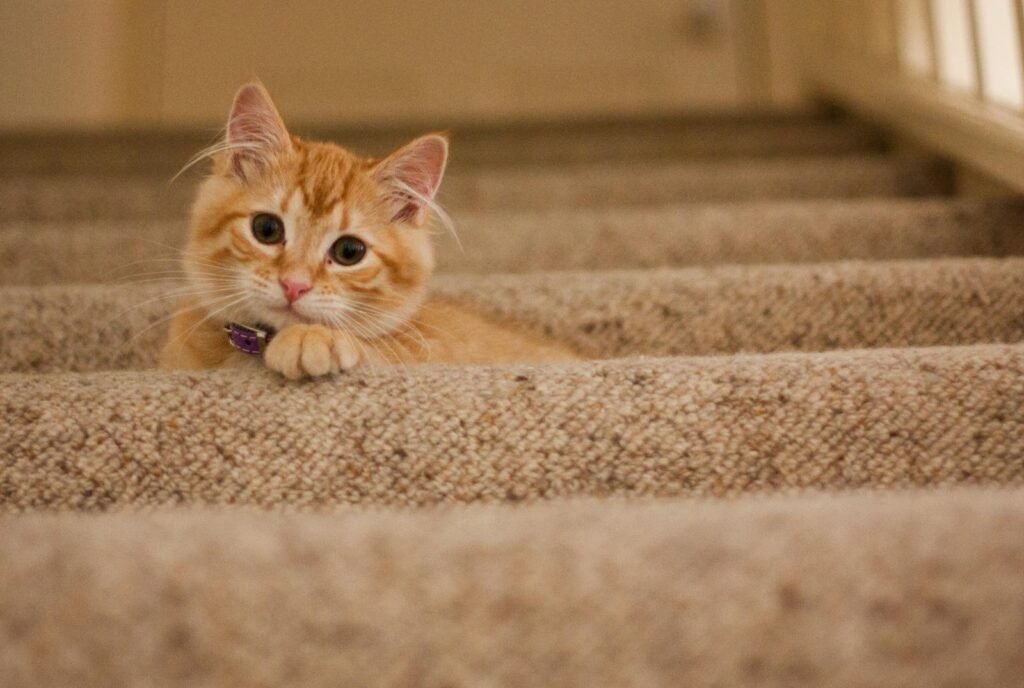
Throughout history, cats have been revered in various cultures for their mousing abilities. Ancient Egyptians, for instance, considered cats sacred and beneficial for controlling vermin. This cultural reverence helped protect and spread domestic cats around the world, as they were often welcomed for their pest control rather than just companionship.
Breeding for Hunting Prowess
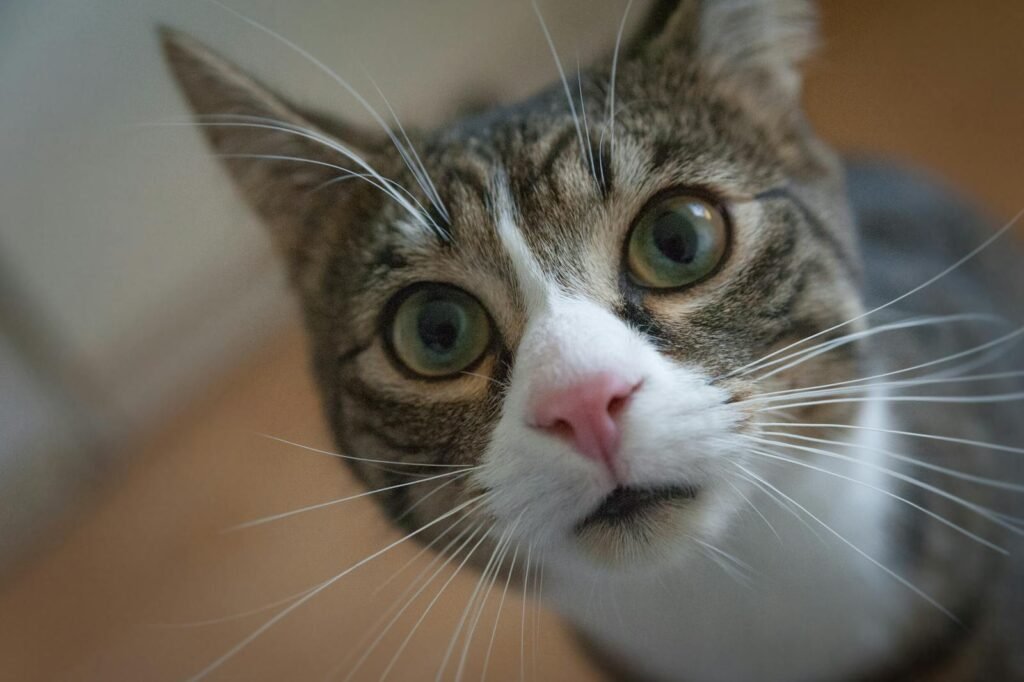
While most domestic cats are naturally inclined to hunt, certain breeds have been recognized and occasionally bred for their exceptional hunting skills. Breeds such as the Burmese and Siamese are renowned for their lively and energetic hunting behaviors, providing practical benefits in homes and farms troubled by rodents.
Impact on Ecosystems
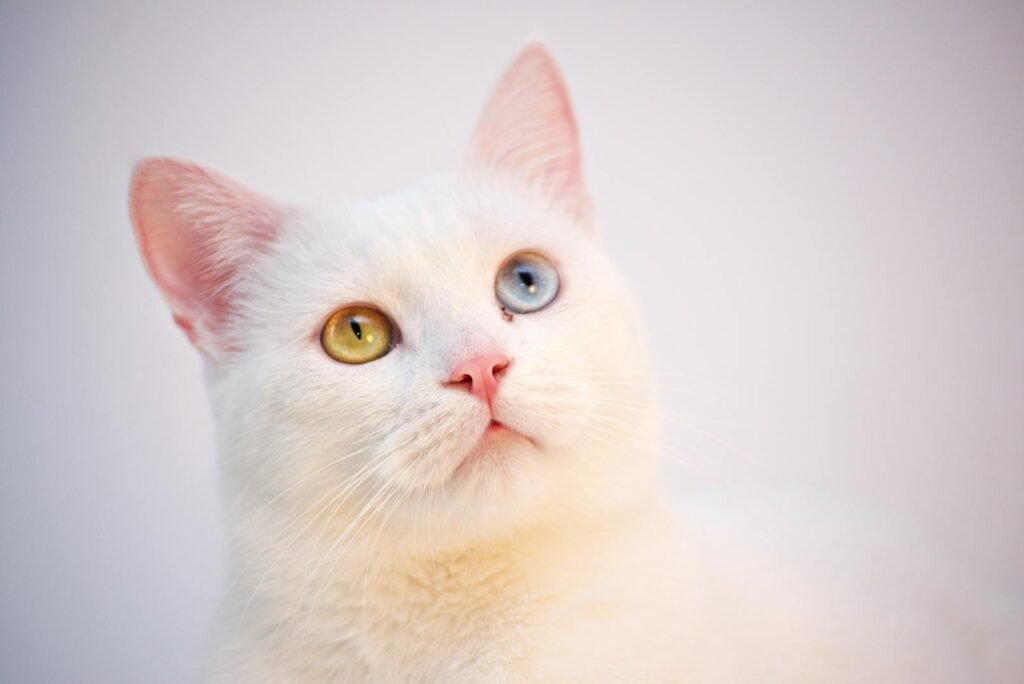
While cats are effective at controlling pests, their presence can also affect local wildlife. Feral and even domestic cats left to roam can significantly impact native bird and small mammal populations, sometimes disrupting ecological balances. It is crucial to monitor their interactions within ecosystems to maintain biodiversity.
Health and Care Considerations
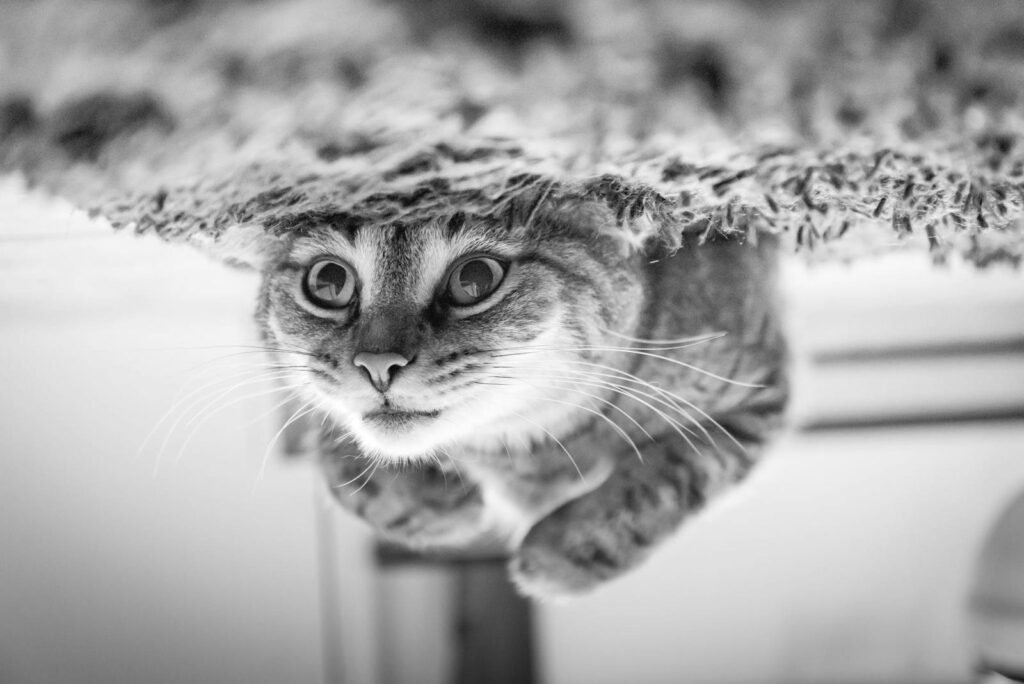
A healthy cat is a more effective hunter. Regular veterinary check-ups, vaccinations, and nutritional balance are essential to keeping a cat in peak condition for mousing. Additionally, environmental enrichment, such as play and scratching posts, can help maintain their hunting instincts and overall well-being.
Conclusion
Cats are remarkable creatures, perfectly evolved for the art of hunting rodents. From their physical adaptations and heightened senses to their instinctual behaviors and learned skills, cats have proven themselves as master mousers throughout history. By understanding their evolution and natural abilities, we can better appreciate these independent, intelligent animals that continue to be valued members of human society. Treating them with care ensures they remain healthy and happy, whether they’re chasing a mouse or a toy. As companions or pest controllers, cats’ roles in our lives are both functional and cherished.
Hi, I’m Bola, a passionate writer and creative strategist with a knack for crafting compelling content that educates, inspires, and connects. Over the years, I’ve honed my skills across various writing fields, including content creation, copywriting, online course development, and video scriptwriting.
When I’m not at my desk, you’ll find me exploring new ideas, reading books, or brainstorming creative ways to solve challenges. I believe that words have the power to transform, and I’m here to help you leverage that power for success.
Thanks for stopping by, Keep coming to this website to checkout new articles form me. You’d always love it!






